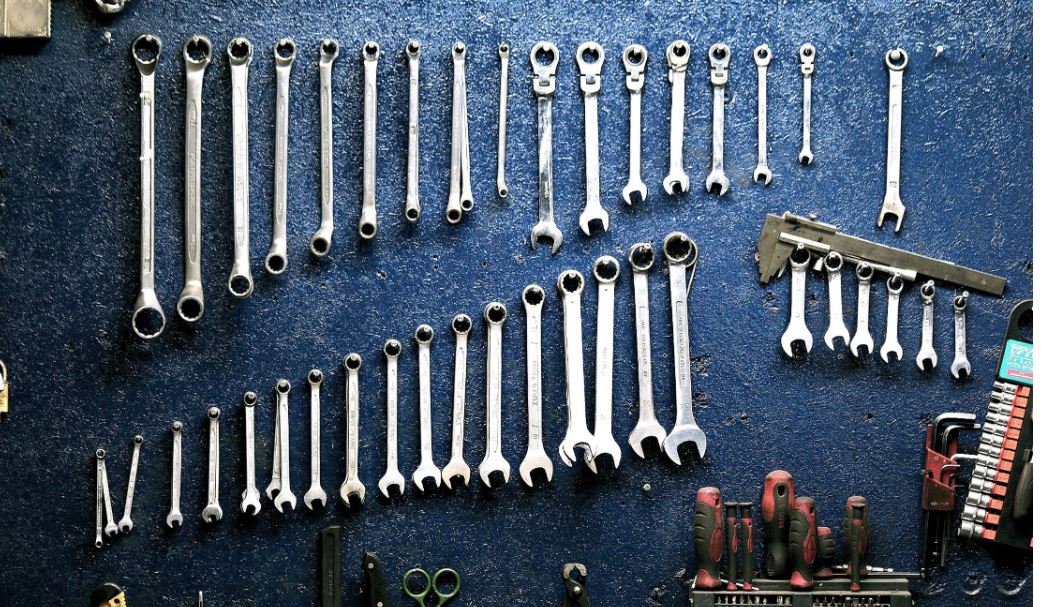Even the technology-phobic are beginning to acknowledge the need for a company website, as it becomes clear how much they have to lose by not marketing their services online, and how much they have to gain if they can do so efficiently.
The web design profession continues to grow. As it grows, the elements that make an attractive website become easier to recognize.
According to Awwwards, there are a few of the web design industry trends that are expected to grow over the coming year. Including:
- Simple design
Consumers want companies to have websites, but that doesn’t mean they want to spend a lot of time on them. They want to be kept up-to-date, but they want the updates to be brief.
They want to know what products are on offer, but they don’t want to have to spend a long time looking for them.
The ideal website allows users to find what they need as quickly as possible, and with the performance and responsiveness of the website prioritized over its appearance.
More and more, website design is gearing itself towards smooth navigation, simple presentation, and information provided in a succinct manner.
- The power of images and the manipulation of space
Images draw the human eye and facilitate memory, so consumers are more likely to remember a web page containing both images and text than they are to remember one that is text-only.
Photographs are being used for that reason, often taking the form of large backgrounds on the website – all the better to grab the user’s attention.
Whether content is in the form of images or words, the space around it is as important as the content itself.
Space around images or words has a way of drawing the human eye, which is why more websites are starting to use whitespace; although, in truth, the colour of the space is not as important as its emptiness.
Leaving space around paragraphs or images makes the content more likely to attract the attention it requires.
- Infinite scrolling
Infinite scrolling is when users have to scroll down reams of content to get all the information they need. User experience design is fundamental to web design, and part of that is determining how the user will navigate the website.
It seems that infinite scrolling is becoming more common, even though it’s not appropriate for every website. Part of the user experience design process is determining whether or not it suits yours.
Pinterest is one example of a site where scrolling has been used to good effect.
- Merging mobile and desktop
The number of devices people use to access the internet has increased, and the requirements of the user interface on a mobile device will be different from that of a desktop computer.
Yet, web site designers can no longer afford to prioritize one over the other. This has increased the need for user interface design to meet the challenge of designing websites for multiple platforms.
Featured images:
License: Creative Commons
image source
Matthew Flax writes for a South African-based web development company, whose services include email marketing and mobile development.





